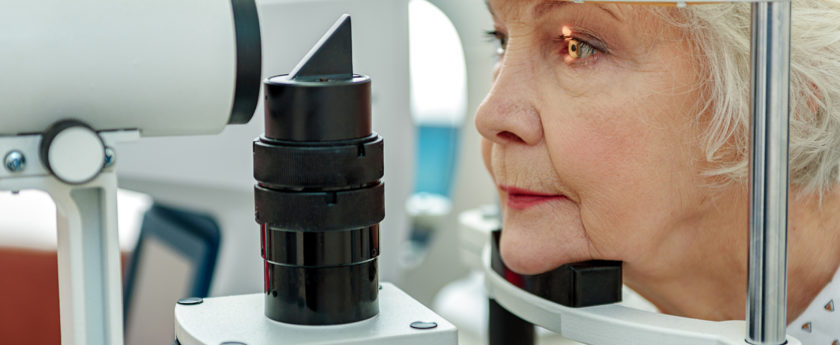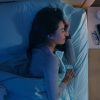Comprehensive vision exams are more than just the simple eye exams we remember from grade school. Comprehensive exams measure a wide array of eye health concerns and can even help detect eye cancer and other serious medical concerns.
Here is what you can expect when you have a comprehensive exam:
Acuity Tests
This is one of the first parts of a comprehensive vision exam. It’s when you read the eye chart, and the doctor determines the sharpness of your vision. Excellent vision is measured as 20/20.
Color Blindness Test
Color blindness is not common, but many Americans do suffer from this genetic condition. A color blindness test allows doctors to look for eye health issues that may affect color vision.
Eye Movement Test
Eye movement tests, also known as ocular motility testing, allows the doctor to see how quickly your eyes can follow moving objects and then fixate on separate targets. This is usually when the eye doctor asks you to follow a hand-held light with your eyes. If the eye doesn’t move properly, this can cause eye strain, which may affect sports vision and reading.
Depth Perception Test
A depth perception test, or stereopsis, measures depth perception. Using a pair of 3D glasses, you look a book that has different patterns. You identify which pattern appears closer than the others, which identifies normal depth perception.
Retinoscopy
A retinoscopy is usually performed early in the exam and helps the doctor determine which eyeglass prescription works best for you. The lights are dimmed, and you will be asked to stare at the “E” on the chart. As the doctor shines a light in the eyes, he/she will flip lenses on the machine in front of your eyes, which will help determine the best lens power for distance vision.
Refraction
A refraction test allows the doctor to determine your exact eyeglass prescription. During the test, the doctor puts a phoropter, a large instrument, in front of your eyes and then goes through a series of lens options. They will then ask you to choose between a series of two lenses based on which one is clearer. Finally, the doctor will fine tune the two options, which gives you the best prescription.
Autorefractors and Aberrometers
Some eye doctors use autorefractors or aberrometers to help automatically determine your eyeglass prescription. While your chin rests on the instrument to keep your head stable, you will look into an instrument, such as a detailed image or a pinpoint of light. These devices are especially helpful when determining a prescription for young children. Autorefractors are very accurate and can also save a lot of time when determining prescription requirements.
An aberrometer uses wavefront technology to see how light travels through the eyes. These are usually used for LASIK vision corrections, but some are now incorporating them into routine eye exams.
Slit Lamp Exam
A slit lamp is a biomicroscope, or a binocular microscope, which allows the doctor to examine the eye under high magnification. The doctor can examine the eyelids, conjunctiva, cornea, iris and lens, and even structures on the back of the eye, such as the optic nerve and retina. This exam helps doctors diagnosis cataracts, corneal ulcers, macular degeneration, diabetic retinopathy and much more.
Glaucoma Test
Glaucoma testing requires measuring the pressure inside the eyes. A common glaucoma test is a puff of air, in which the doctor blows a harmless puff of air in the open eye. The machine then calculates the pressure of the eye, and if you have high pressure, you may be at risk for glaucoma. Another type of glaucoma test involves an applanation tonometer. The doctor will use yellow eye drops to numb the eye. The dye glows under blue light. The doctor can then gently touch the surface of the eye using a tonometer, which measures the pressure.
Dilation
The doctor dilates the eyes to enlarge the pupils, which then gives him/her a better view of the eye’s internal structures. Anyone at risk for having eye disease needs to undergo dilation because it is one of the most thorough ways to analyze the eye.
Visual Field Test
If a doctor suspects you may have blind spots, also known as scotomas, they may perform a visual field test. Blind spots are a symptom of glaucoma, but can also help target brain damage that may be caused by tumors or a stroke.
When visiting your eye doctor for a comprehensive annual eye exam, ask him/her about BluTech, which can greatly help to decrease exposure to harmful blue light rays that are commonly emitted from electronic devices. Have a discussion with your doctor about the harmful effects of blue light and your lifestyle habits that may be putting you at risk.
Find BluTech Near You




